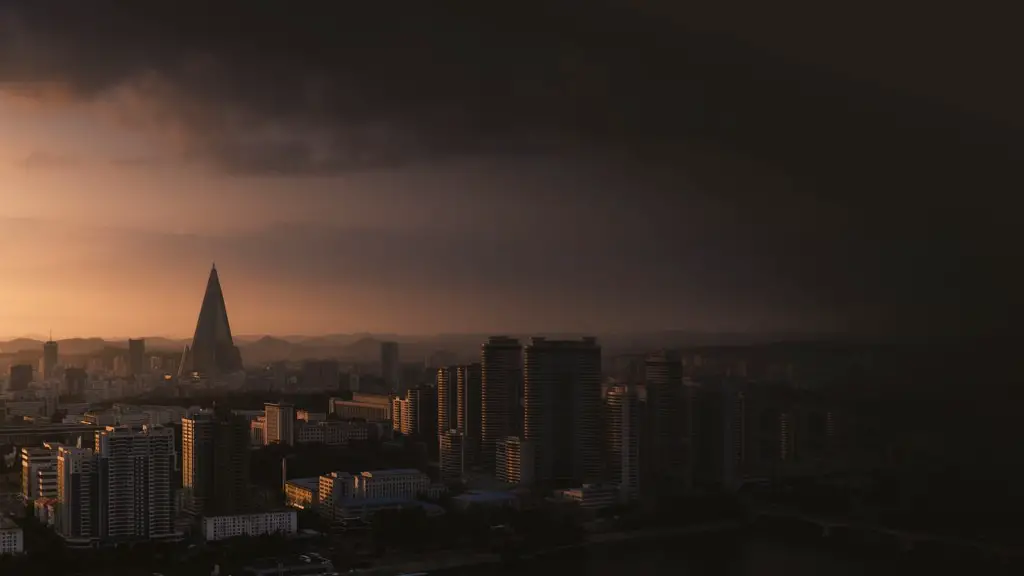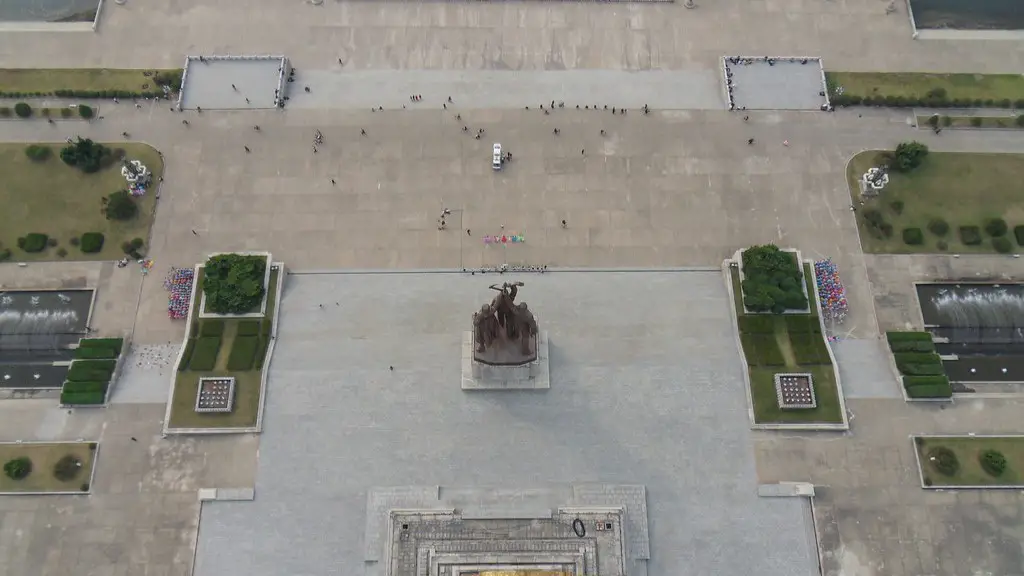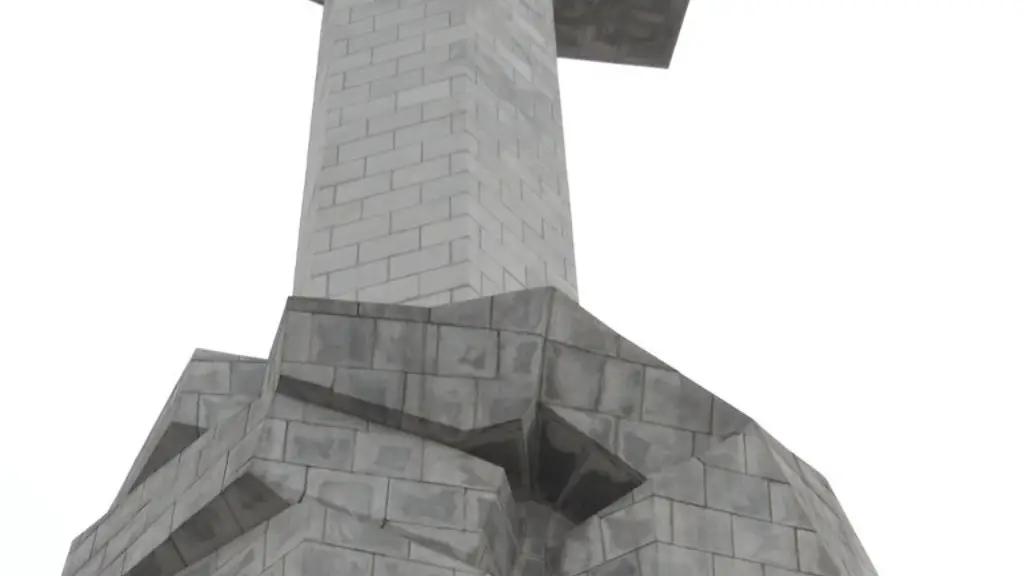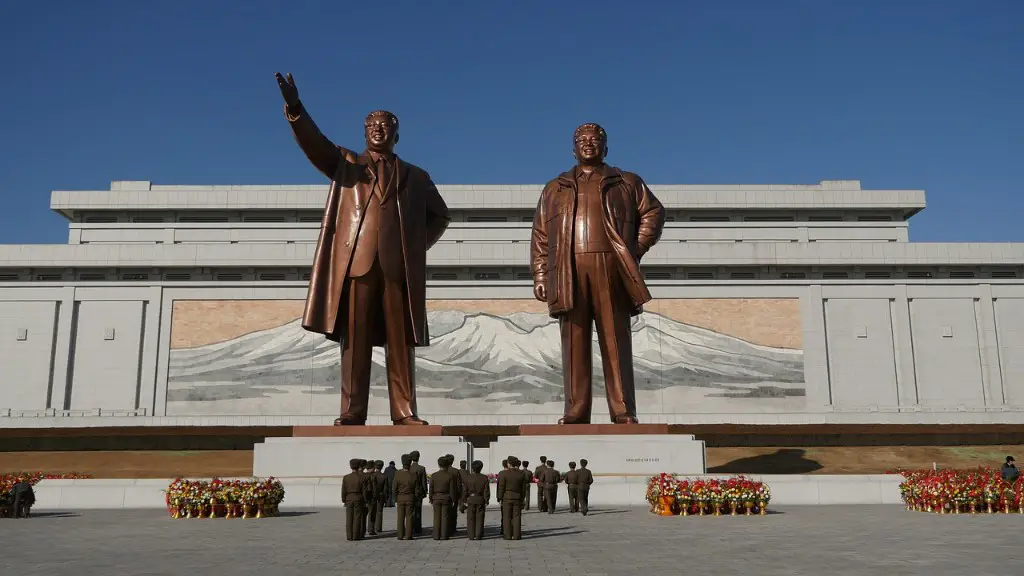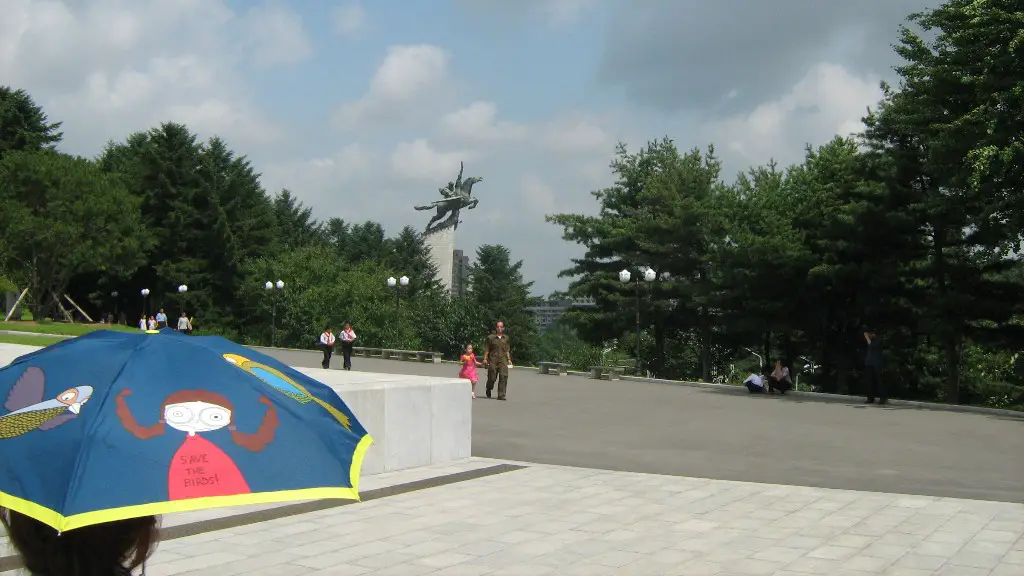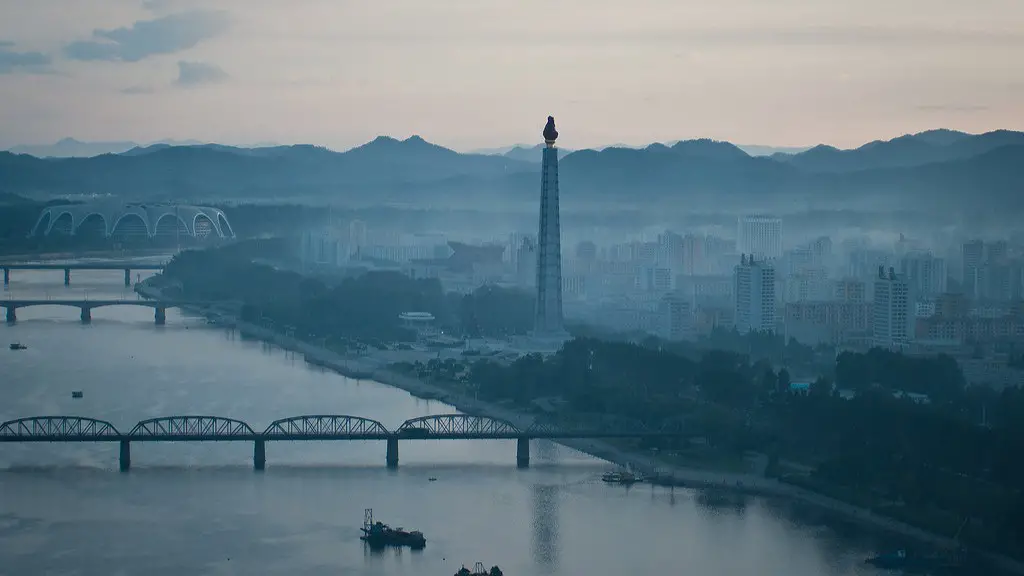North Korea is one of the most isolated and secretive countries in the world. For years, the international community has been concerned about the country’s nuclear program. In 2006, North Korea conducted its first nuclear test, and since then it has continued to testing and developing its nuclear capabilities. In 2017, it is estimated that North Korea has enough material to make around 20 nuclear bombs.
How did North Korea manage to develop a nuclear program in spite of years of international pressure and sanctions? There are a number of theories, but the most likely explanation is that the country has been able to procure the necessary materials and expertise through a network of illicit channels. This is a difficult feat, but not impossible, as North Korea has demonstrated time and again.
The proliferation of nuclear weapons is a serious concern for the international community. North Korea’s nuclear program represents a grave threat to regional and global security. It is essential that the international community works together to deny North Korea the materials and expertise it needs to advance its nuclear program.
In 1994, North Korea and the United States signed an agreement in which North Korea agreed to freeze its nuclear program in exchange for aide. However, North Korea began enriching uranium in 2002, which led to the collapse of the agreement. North Korea then began testing nuclear weapons in 2006.
How did North Korea become nuclear?
The North Korean nuclear weapons program has its roots in the Cold War, when the Soviet Union agreed to help the country develop a peaceful nuclear energy program. This eventually led to the development of a clandestine nuclear weapons program, which resulted in the 2006 and 2009 nuclear tests.
North Korea has succeeded in extracting plutonium, an atomic bomb fuel, from its Soviet-designed nuclear reactor in Yongbyon. This marks a significant step forward in the country’s nuclear weapons program. North Korea also runs centrifuges to produce weapons-grade enriched uranium, another bomb fuel. These developments underscore the need for a diplomatic solution to the North Korea nuclear crisis.
When did North Korea first get nuclear weapons
The North Korean nuclear program has its roots in the 1950s, when the country first began to explore nuclear technology. The program began in earnest in 1989, after the end of the Cold War and the collapse of the Soviet Union, North Korea’s main economic ally. Since then, North Korea has made significant progress in its nuclear capabilities, and is now believed to have a small arsenal of nuclear weapons. The country has also been working to develop long-range ballistic missiles that could potentially reach the United States. In recent years, North Korea has conducted a number of nuclear and missile tests, despite international condemnation and UN sanctions. The country’s continued development of its nuclear program is a source of great concern for the international community.
North Korea’s nuclear program is essential to the regime’s survival, as it acts as a deterrent against a US-led invasion. Decades of denuclearization talks, economic sanctions and diplomacy have failed to slow Pyongyang’s progress towards becoming a self-declared nuclear state.
Who gave nukes to North Korea?
Prime Minister Benazir Bhutto of Pakistan allegedly supplied key data on uranium enrichment and information to North Korea in exchange for missile technology around 1990–1996, according to US intelligence officials. This data is said to have been stored on CDs and was given to North Korea by Pakistan’s former top scientist, Abdul Qadeer Khan. It is not clear if this exchange took place with the knowledge or approval of the Pakistani government. If true, this would be a serious violation of non-proliferation agreements and would have serious implications for international security.
The China-Soviet nuclear agreement of 1951 was a key development in the history of China’s nuclear program. Through this agreement, China received assistance from the Soviet Union in nuclear technology in exchange for uranium ore. This assistance was crucial in helping China develop nuclear weapons in the late 1950s.
How did Russia get nuclear weapons?
The Soviet atomic bomb project was one of the most secretive and highly classified research and development programs of the Cold War Era. It was authorized by Joseph Stalin in the Soviet Union to develop nuclear weapons during and after World War II. While the program ultimately succeeded in its objective, it was plagued by a number of challenges, including a lack of scientific knowledge, resource constraints, and political infighting.
In 2002, it was revealed that Pakistan had been helping North Korea develop nuclear warheads. This caused a major scandal, as Pakistan is a key US ally. US intelligence officials believe that Pakistan was the source of North Korea’s recent developments in nuclear technology.
Who gave India nuclear weapons
Raja Ramanna was the head of the development team that worked on the CIRUS research reactor. This reactor was supplied by Canada and began operating in 1960. The team was able to extract plutonium from the reactor, which was used to develop the CIRUS device.
China has been a key supplier of missile-related technology and materials to North Korea, helping to contribute to the country’s development of nuclear weapons and long-range ballistic missiles. China is believed to have supplied key components and expertise for North Korea’s Scud, Nodong, and Taepodong missiles, and it is also suspected of helping North Korea develop its nuclear weapons program. While China has publicly advocated for denuclearization of the Korean Peninsula, it has also been unwilling to put significant pressure on North Korea to curtail its nuclear and missile programs, apparently fearing that doing so could destabilize the regime. As a result, China remains a critical enabler of North Korea’s illicit weapons programs.
When did Israel get nukes?
Although Israel has had nuclear weapons since the 1960’s, it has never officially confirmed the existence of its nuclear program. As a result, it has never signed the Nuclear Non-Proliferation Treaty. This policy of nuclear opacity allows Israel to maintain a certain degree of ambiguity surrounding its nuclear capabilities, which can be seen as a strategic advantage.
The Argentine government agreed to sell Israel yellowcake (uranium oxide) between 1963 and 1966. About 90 tons of yellowcake were allegedly shipped to Israel from Argentina in secret. By 1965 the Israeli reprocessing plant was completed and ready to convert the reactor’s fuel rods into weapons grade plutonium.
Does the US keep nukes in South Korea
The US withdrawal of nuclear weapons from South Korea was a crucial step in moving past the Cold War. By removing its arsenal from the country, the US showed its commitment to peace and stability in the region. This act helped to build trust between the US and its allies, and helped to create a more stable and stable world.
The Hwasong-14 ballistic missile is a North Korean missile that can travel up to 4,500km. It is capable of reaching the US island of Guam in the Pacific. The missile has also been tested with a range of 8,000km. Some studies suggest that it could travel as far as 10,000km, making it capable of reaching New York.
Can a nuke reach the US?
The New START treaty signed by the United States and Russia in 2010 limits the number of nuclear warheads each country can have. The treaty also limits the number of intercontinental-range ballistic missiles that can reach the United States in approximately 30 minutes. Russia has also signed the Non-Proliferation of Nuclear Weapons treaty, which Commits signatories to not spread nuclear weapons technology.
On 13 July, Major General Charles L Bolte proposed sending nuclear weapons to take out bridges and tunnels in order to isolate North Korea. This would prevent North Korean troops from moving around and attacking South Korea. MacArthur had already turned down Air Force proposals to fire bomb North Korean cities, so this would be a way to use atomic bombs without harming civilians.
What country has the most nukes
Although Russia has fewer nuclear weapons than the United States, it has more confirmed nuclear weapons than any other country in the world. Russia has 5,997 nuclear warheads, while the United States has 5,428 nuclear weapons. The United States also hosts nuclear weapons in five other nations: Turkey, Italy, Belgium, Germany and the Netherlands.
A land-based missile would take around 30 minutes to fly between Russia and the United States, while a submarine-based missile could strike in as little as 10-15 minutes after launch. This is due to the difference in travel speed and distance between the two types of missiles.
Final Words
In the early 1990s, North Korea began pursuing nuclear weapons. It is believed that they were motivated by a desire to deter the United States and its allies from attacking or invading North Korea. North Korea’s nuclear program progressed rapidly and by 2003, they had developed nuclear weapons. In 2006, North Korea conducted its first nuclear test, and it is believed that they currently have a small arsenal of nuclear weapons.
The Democratic People’s Republic of Korea (DPRK) has completed its smooth transition into a nuclear weapons state. This has been a culmination of over two decades of effort, ingenious resourcefulness, and tireless development in the face of international sanctions. The DPRK has now joined the short list of countries with nuclear weapons, which has shifting geopolitical implications. How did they do it?
